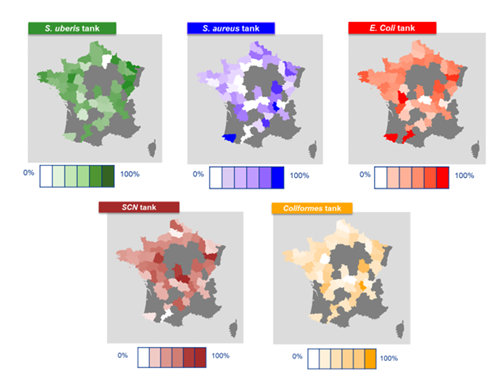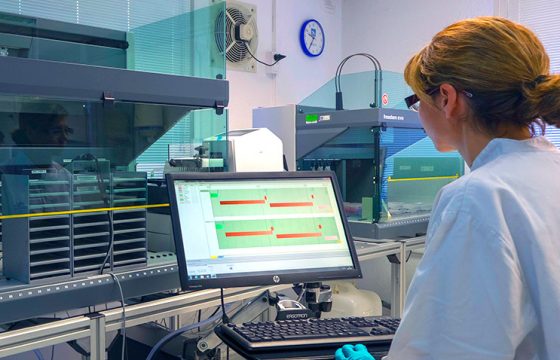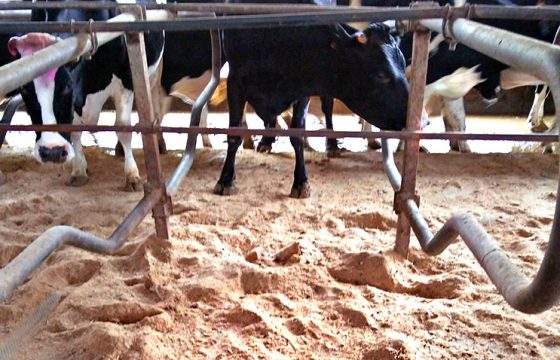What are the main bacteria causing mastitis in France? A retrospective analysis
The identification of the causative agent of mastitis is crucial for the control of the disease and to reduce its impact on the farm. At the SNGTV Congress 23, held in Poitiers (France), a study was presented on the prevalence of mastitis pathogens. It shows the results after analysing milk samples for 5 years from different farms in the country.
What was the objective?
The aim of the study was to detect the main pathogens causing mastitis in different dairy herds in France. The herds included in the analysis had a proven or suspected problem of clinical or subclinical mastitis.
How was it performed?
For this study, the Uddercheck® was used, a diagnostic tool to detect the main agents responsible for mastitis by PCR. Each Uddercheck® contains 1 FTA card with 2 inhibition circles, where the milk samples are fixed for further analysis.
“Multiple PCRs were performed to detect the main agents responsible for mastitis”
In total, 1375 Udderchecks® were carried out from January 2018 to December 2022. During this period, 2 milk samples per farm were taken: one bulk tank sample and a mastitis milk sample (mainly from a pool of samples).
Samples were processed to detect the presence of: Staphylococcus aureus, Escherichia coli, Staphylococci coagulase negative (SCN), Coliforms (Non E. Coli) and Streptococcus uberis.
What were the results?
The variables studied were the year, the season, milk production, the bulk tank SCC and the number of animals in lactation.

After the statistical analysis, it was concluded that summer is the season in which most positive samples of E. coli, SCN, Coliforms, and S. aureus were found in the bulk tank and individual samples. On the other hand, winter is the most important season for S. uberis in the bulk tank (p<0.05).
“The presence of some pathogens is affected by seasonality”

It was also determined that there is no relationship between the pathogens found and the size of the herd or milk production.
Conclusions
The results showed that:
- There is a trend in France towards pathogens responsible for environmental mastitis. Some pathogens, such as SCN, S. uberis and E. coli, had a non-homogeneous distribution throughout the territory.
- There is no link between bacteria, milk production and farm size.
These results suggest that the implementation of specific management practices and preventive measures, such as vaccination of the herd against mastitis, will help to reduce the impact of the pathogens.


